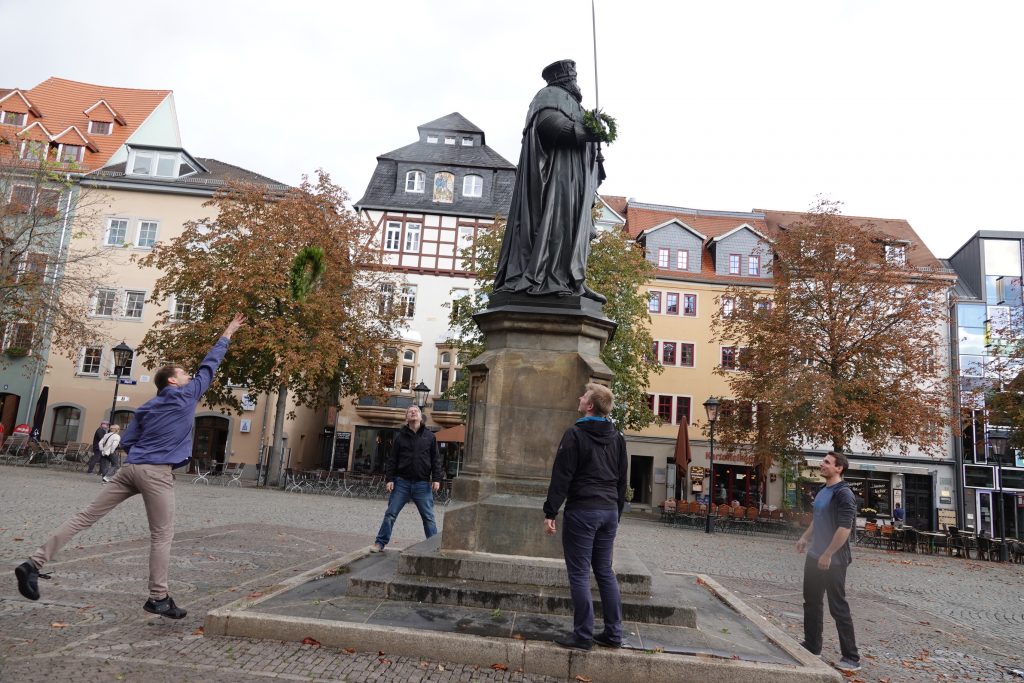The International Max Planck Research School at the Max Planck Institute for Chemical Ecology in Jena is looking for PhD students. One of the projects is from our group on “making SIRIUS and CSI:FingerID GCMS-ready”. Deadline is May 08, 2020.
SIRIUS and CSI:FingerID are the best-of-class tools for MS-based compound identification in metabolomics, natural products and related fields. More than one million compound queries have been submitted to our web service, from over 3000 users and 47 countries. See our recent publication in Nature Methods (Dührkop et al., 2019).
Currently, our tools can only process tandem mass spectrometry data; extending them to Gas Chromatography Electron Ionization appears natural, but comes with numerous challenging problems from algorithmics and machine learning. This will be done in cooperation with the group of Georg Pohnert, see his recent publication in Nature (Thume et al., 2018).
We are searching for motivated candidates from bioinformatics, machine learning, cheminformatics and/or computer science who want to work in this exciting, quickly evolving interdisciplinary field. Please contact Sebastian Böcker in case of questions.
Half a position is being paid by the IMPRS; this will be supplemented by funding from our chair to 2/3 TV-L E13. (Note that the cost of living in East Germany is still considerably lower than in West Germany.) Jena is a beautiful city and wine is grown in the region: https://www.youtube.com/watch?v=DQPafhqkabc.
IMPRS: http://imprs.ice.mpg.de/
MPI-CE: http://www.ice.mpg.de/
SIRIUS & CSI:FingerID: https://bio.informatik.uni-jena.de/software/sirius/
Literature: https://bio.informatik.uni-jena.de/publications/ and https://bio.informatik.uni-jena.de/textbook-algoms/
Jena: https://www.google.de/search?q=jena&tbm=isch&
https://www.study-in.de/en/discover-germany/german-cities/jena_26976.php
https://www.google.com/search?q=jena&tbm=isch

